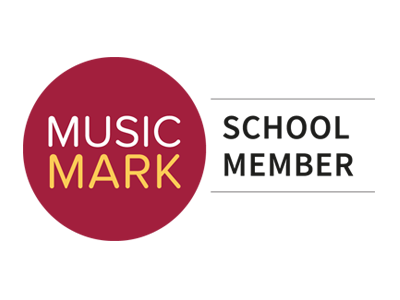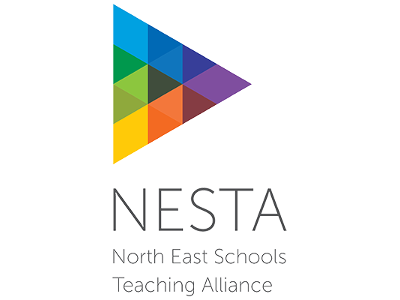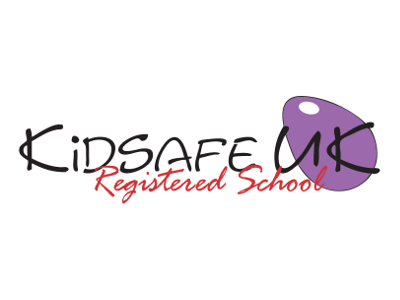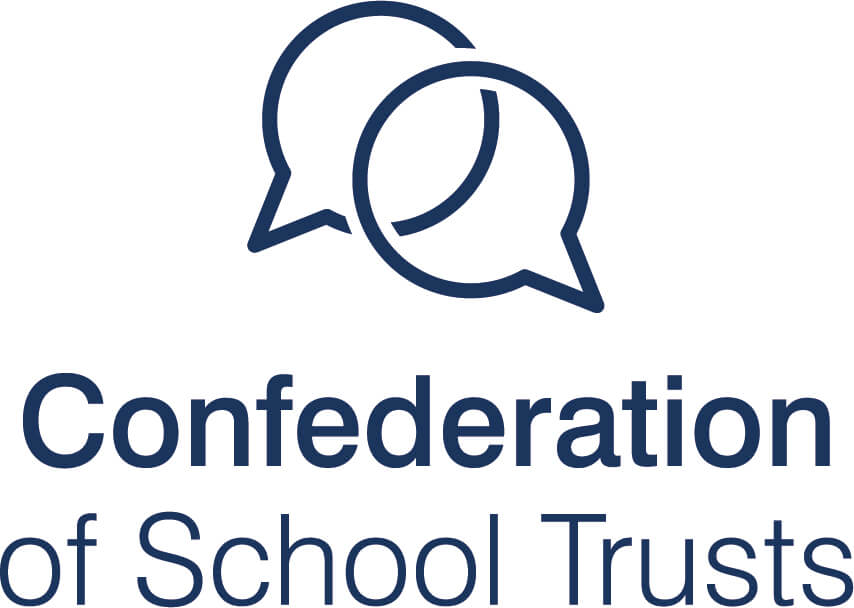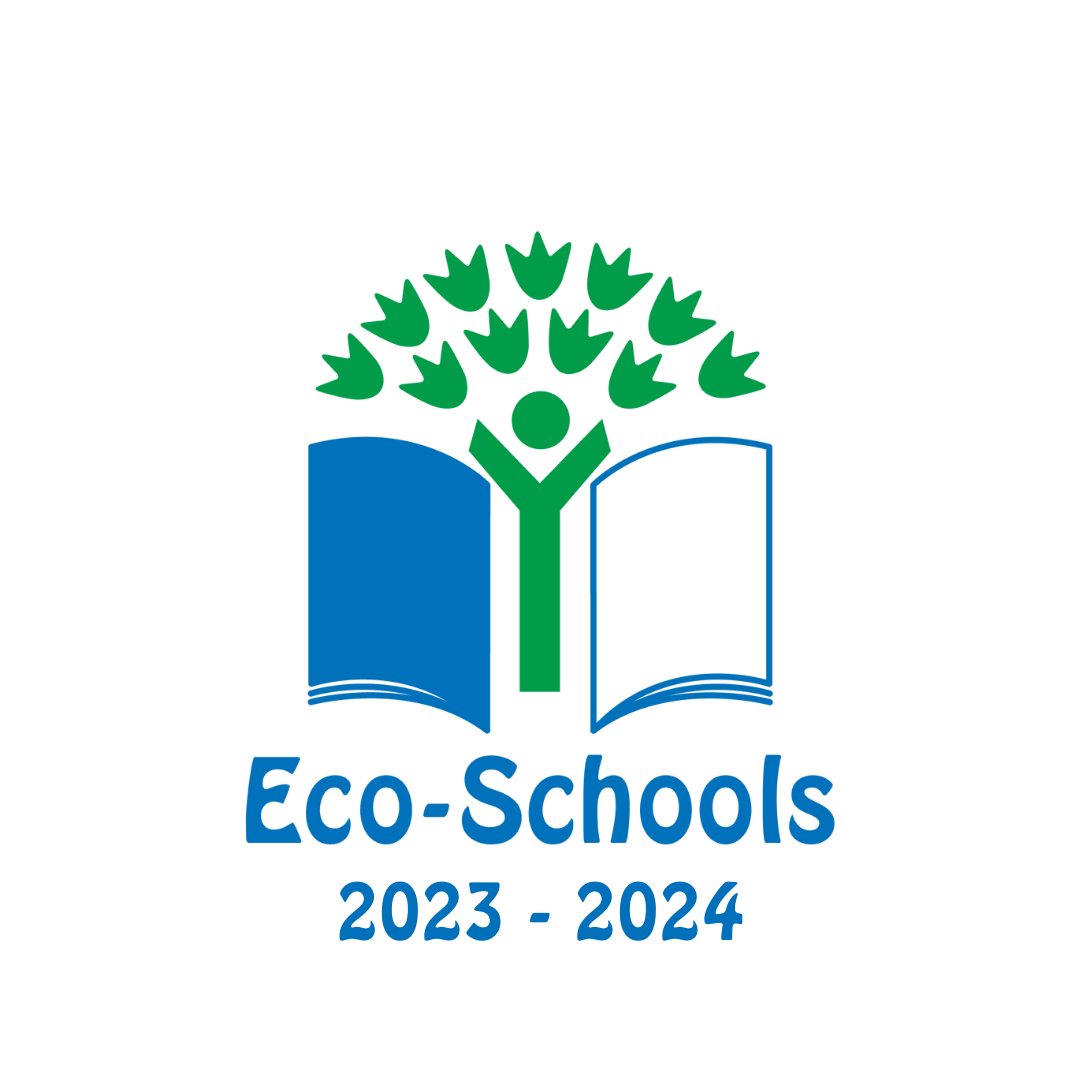Science – Year 6
Download
Download our Year 6 Science curriculum here.
| Essential Skills and Knowledge |
| I can describe how living things are classified into broad groups according to common observable characteristics and based on similarities and differences, including micro-organisms, plants and animals. I can give reasons for classifying plants and animals based on specific characteristics. I can identify and name the main parts of the human circulatory system, and describe the functions of the heart, blood vessels and blood I can recognise the impact of diet, exercise, drugs and lifestyle on the way their bodies function. I can describe the ways in which nutrients and water are transported within animals, including humans. I can recognise that living things have changed over time and that fossils provide information about living things that inhabited the Earth millions of years ago. I can recognise that living things produce offspring of the same kind, but normally offspring vary and are not identical to their parents. I can identify how animals and plants are adapted to suit their environment in different ways and that adaptation may lead to evolution. I can recognise that light appears to travel in straight lines. I can use the idea that light travels in straight lines to explain that objects are seen because they give out or reflect light into the eye. I can explain that we see things because light travels from light sources to our eyes or from light sources to objects and then to our eyes. I can use the idea that light travels in straight lines to explain why shadows have the same shape as the objects that cast them. I can associate the brightness of a lamp or the volume of a buzzer with the number and voltage of cells used in the circuit. I can compare and give reasons for variations in how components function, including the brightness of bulbs, the loudness of buzzers and the on/off position of switches. I can use recognised symbols when representing a simple circuit in a diagram. |
| Communication Skills | Working together Collaborative Skills | Problem Solving |
| I can report and present findings from enquiries, including conclusions, causal relationships and explanations of and a degree of trust in results, in oral and written forms such as displays and other presentations. I can discuss reasons why living things are placed in one group and not another. I can explain how to keep my body healthy and how my body might be damaged by some drugs and other substances that can be harmful to the human body. I can explain the idea that characteristics are passed from parents to their offspring e.g.- consider different breeds of dogs, and what happens when Labradors are crossed with poodles. I can appreciate that variation in offspring over time can make animals more or less able to survive in particular environments e.g.- How giraffes necks got longer or the development of insulating fur on the Arctic fox. I can explain how to work with electricity safely. | I can plan different types of scientific enquiries to answer questions, including recognising and controlling variables where necessary. I can identify scientific evidence that has been used to support or refute ideas or arguments. I can explore and answer questions that help me to understand how the circulatory system enables the body to function | I can use test results to make prediction to set up further comparative and fair tests. I can classify animals into commonly found invertebrates (such as insects, spiders, snails, worms) and vertebrates (fish, amphibians, reptiles, birds and mammals). I can design and make a periscope and using the idea that light appears top travel in straight lines to explain how it works. I can use shadow puppets to investigate the relationship between light sources, objects and shadows. I can construct simple series circuits to help me answer questions about what happens when I try different components e.g. switches, bulbs, buzzers and motors. I can design and make a set of traffic lights, a burglar alarm or another useful circuit. I can represent a simple circuit in a diagram using recognised symbols. |
| Application of number | Information Technology |
| I can take measurements using a range of scientific equipment, with increasing accuracy and precision, taking repeat readings when appropriate. I can record data and results of increasing complexity using scientific diagrams and labels, classification keys, tables, scatter graphs, bar and line graphs. | I use ICT to explain my hypothesis, my methods and my results. When recording my results, I can use a digital camera or I pod independently. I can use secondary sources and recognise when they will be most useful to research my ideas and begin to separate opinion from fact. I can use ICT to research the work of famous palaeontologists e.g Mary Anning, Charles Darwin and Alfred Wallace. I can explore the work of scientists and scientific research about the relationship between diet, exercise, drugs, lifestyle and health. I can find out about the significance of the work of scientists such as Carl Linnaeus (pioneer of classification) |
Reviewed Summer 2014 – New National Curriculum




